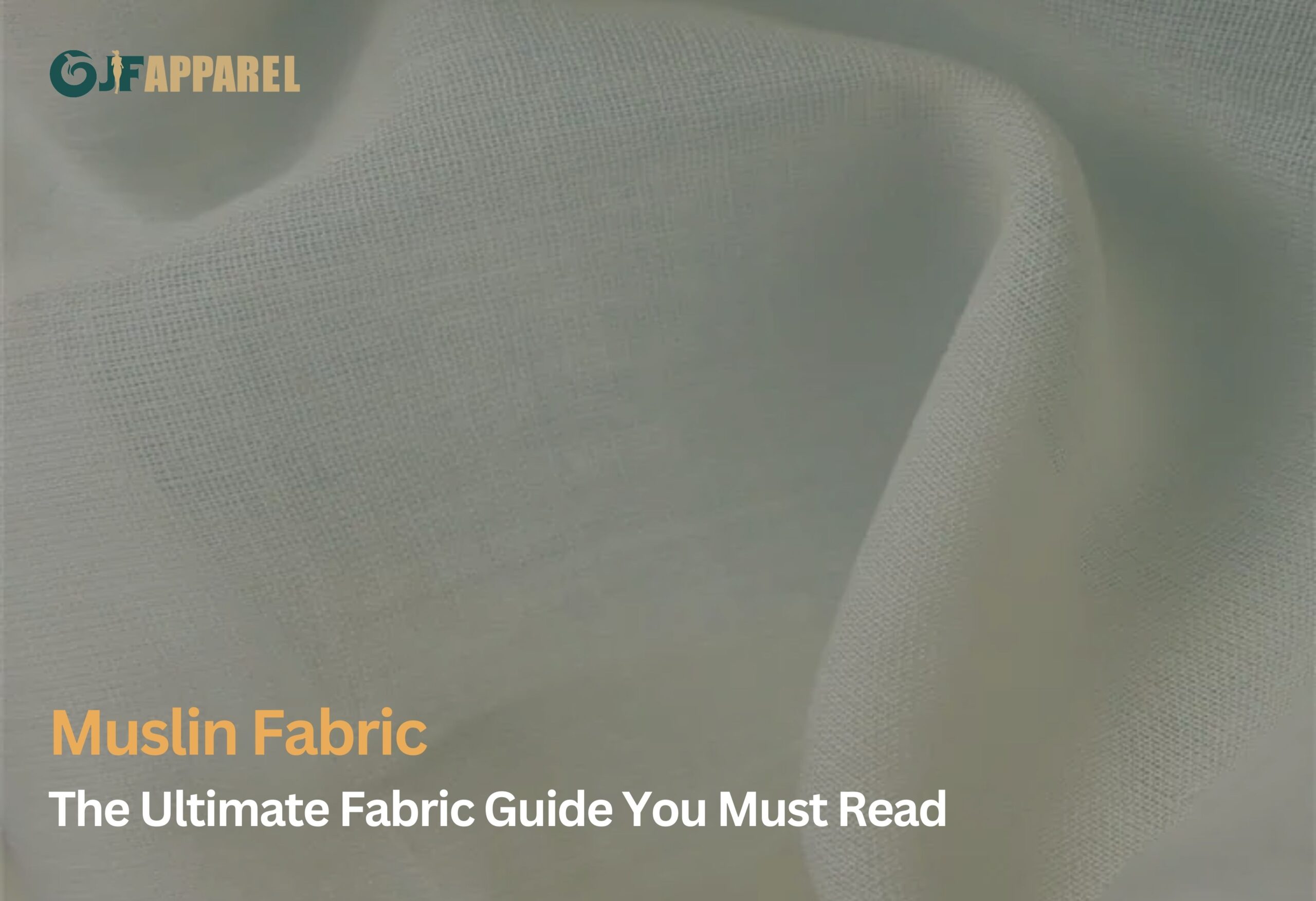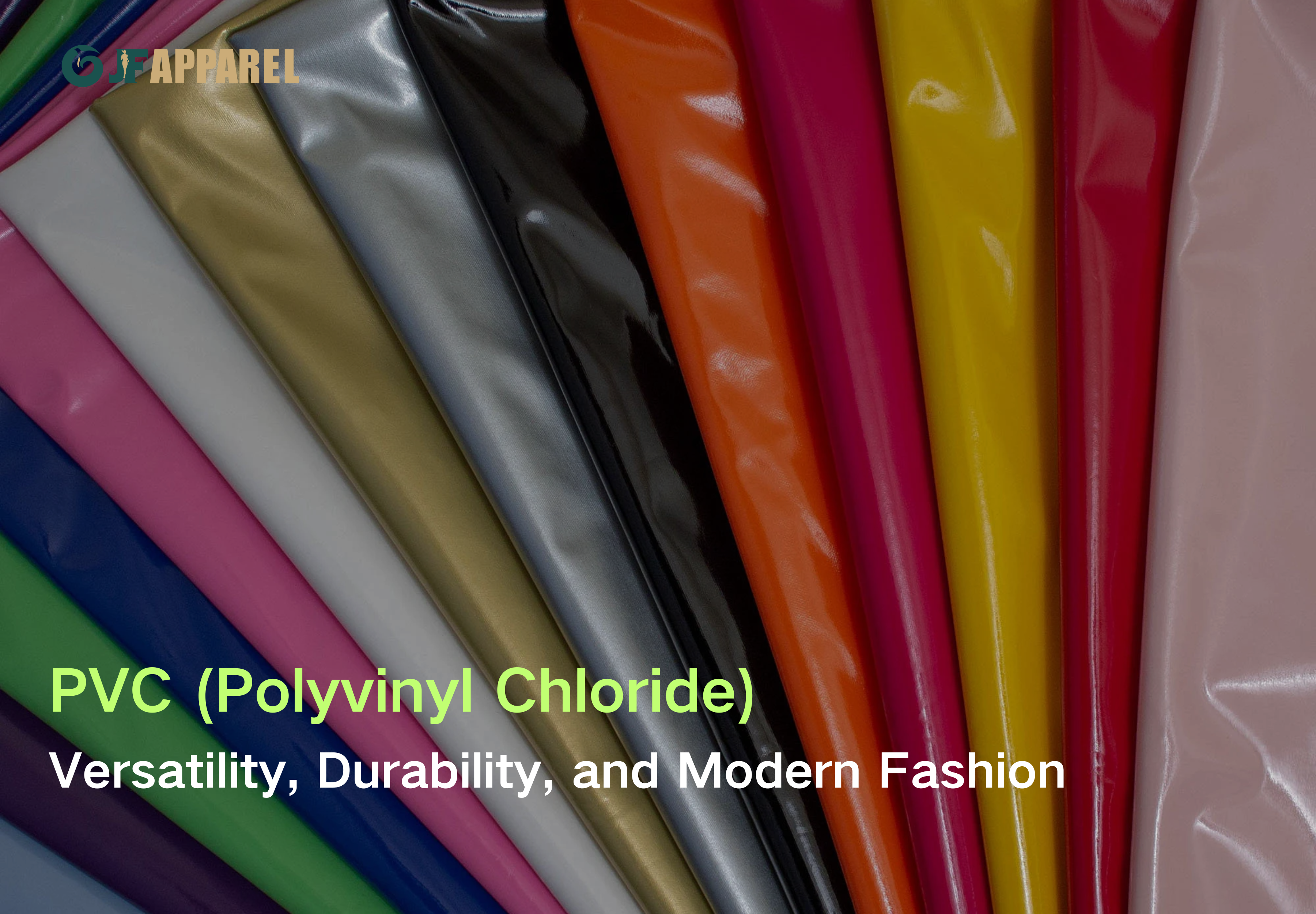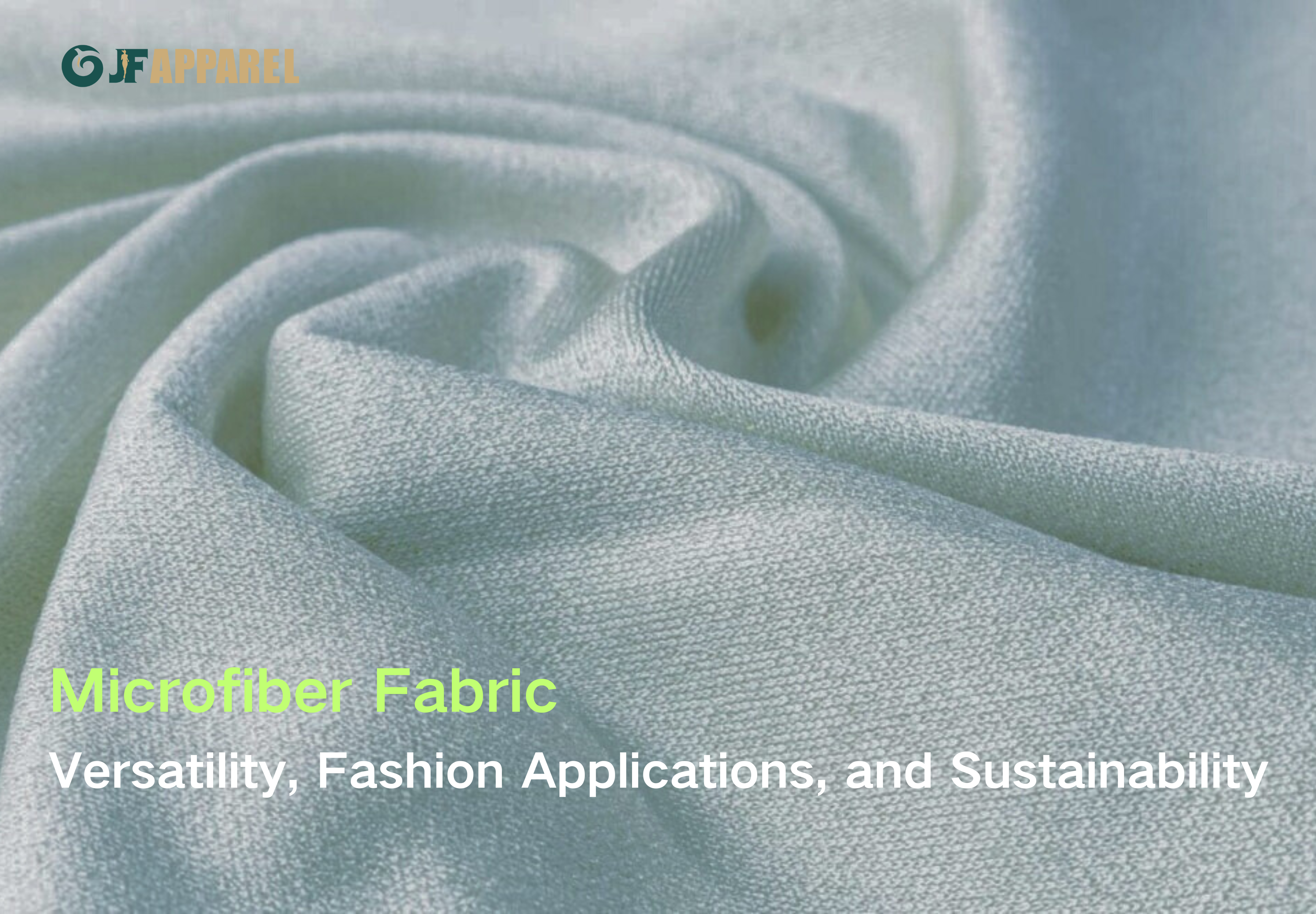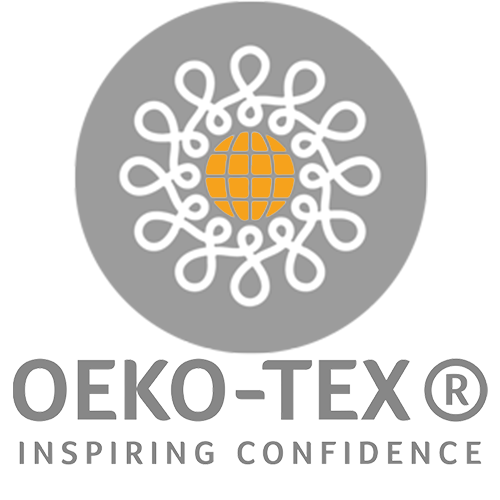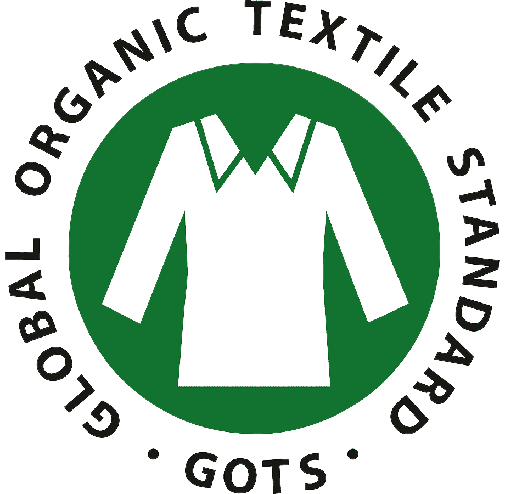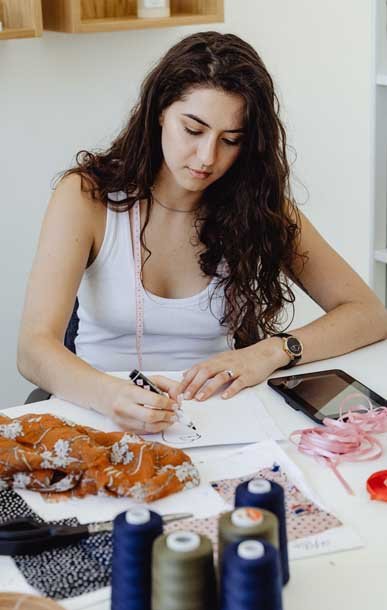Muslin Fabric
Premium Muslin Fabric is a high-end natural textile made from 100% cotton, renowned for its unique lightweight, softness, and breathability. Muslin fabric is widely used in women’s fashion design, especially suitable for summer garments and baby products. Its superior quality and versatility make it the fabric of choice for top fashion designers.
Key Features
- Material
- Texture
- Breathability
- Moisture-Wicking
- Color Options
Special Craftsmanship and Distinctions from Ordinary Fabrics
- High-Density Weave: Muslin fabric is crafted using a high-density plain weave technique, resulting in a more tightly-knit, even texture with a soft hand feel and excellent durability.
- Special Treatment: The fabric undergoes multiple fine treatments and pre-shrinking processes, ensuring it remains soft and retains its shape even after multiple washes, preventing shrinkage.
- Long-Staple Cotton Fibers: Utilizing premium long-staple cotton fibers, Muslin fabric is softer, more breathable, and more moisture-absorbent than regular cotton fabrics, providing superior comfort.
- Natural Dyeing: Colored using natural plant-based dyes, the hues are more gentle and natural, skin-friendly, and environmentally friendly.
Application scope
High-End Fashion: Suitable for designing premium summer dresses, lightweight tops, elegant skirts, creating a natural and luxurious dressing effect.
Baby Products: Soft and skin-friendly, ideal for making baby blankets, swaddles, bibs, providing the gentlest care for babies.
Home Apparel: Perfect for making comfortable home sleepwear, robes, offering all-around comfort.
Decorative Fabric: Elegant texture and colors, suitable for curtains, tablecloths, and other home decor items, enhancing home aesthetics.
Available clothing types
- Muslin 100% cotton dress
- Green muslin wrap dress
- Green Regular Fit Muslin Resort Shirt
- Solid color puff sleeve cotton loose dress

Usage Recommendations
The lightweight and breathable properties of Muslin fabric make it an ideal choice for summer garments and baby products. Designers can leverage its high moisture-wicking and soft texture to create both aesthetically pleasing and practical clothing items. It is recommended to pre-wash the fabric before making garments to avoid shrinkage in finished products.
Everything you need to know about muslin fabric
Plain weave fine fabric is a lightweight cotton textile known for its versatility and numerous advantages.
Renowned for its softness and breathability, it offers exceptional comfort and is suitable for various climates.
For centuries, diverse cultures have utilized this fabric for multiple purposes.
Originating in Bangladesh, it was discovered in the city of Mosul, Iraq, which was a pivotal center for fabric trade during the medieval period.
The fabric derives its name from this historic city, being called “Muslin.”
Types of Muslin Fabric
Muslin fabric comes in various types, each with its unique characteristics. High-quality muslin is soft and smooth to the touch.
Conversely, lower-quality muslin tends to be coarser. Here are four primary types of muslin:
Muslin Gauze

Gauze is an ultra-lightweight, sheer muslin. It is the lightest among the different types of muslin. Common uses include clothing and kitchen filters, as well as wound dressings.
Mull

Mull is a lightweight, plain muslin fabric. Heavier than gauze, it is often made from cotton, silk, or sometimes viscose. It is used as a dress lining to add weight and structure to garments.
Swiss Muslin
Swiss muslin is a lightweight and sheer type of muslin. It is denser than mull and is characterized by its raised patterns or dots. Due to its breathability and delicate texture, it is popular in warm-weather clothing.
Sheeting
Sheeting is the thickest and coarsest type of muslin. Its durability makes it more functional than other muslin types. It is frequently used in garments, various household items, upholstery, home decor, and theatrical backdrops.
Care and Maintenance of Muslin Fabric
Generally, muslin fabric can be machine washed with a mild detergent in warm or cold water.
For heavily soiled muslin, pre-treating is recommended. Delicate or embellished muslin should be hand washed.
To prevent shrinking, air dry the cotton muslin. For delicate embroidery or decorations, iron on the reverse side or use a pressing cloth.
Store muslin in a clean, dry place to avoid mildew. Avoid storing the fabric in plastic bags or sealed containers to prevent musty odors.
Different types and blends of muslin may have slightly varied care requirements, so always refer to the manufacturer’s instructions.
Conclusion
Muslin fabric is renowned for its versatility. Its softness, breathability, and natural beauty make it a widely used material. It is frequently utilized in clothing, linings, crafts, and home decor.
Proper care and maintenance are essential to preserve the quality and longevity of muslin fabric. Its versatility, softness, and ease of use contribute to its popularity across various applications.
Its timeless appeal and practicality continue to make it a valuable material in numerous industries and creative endeavors.

